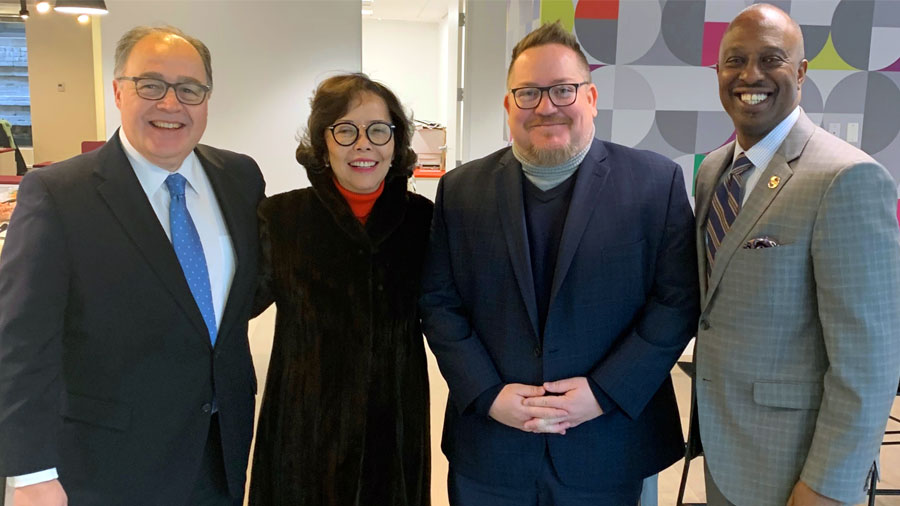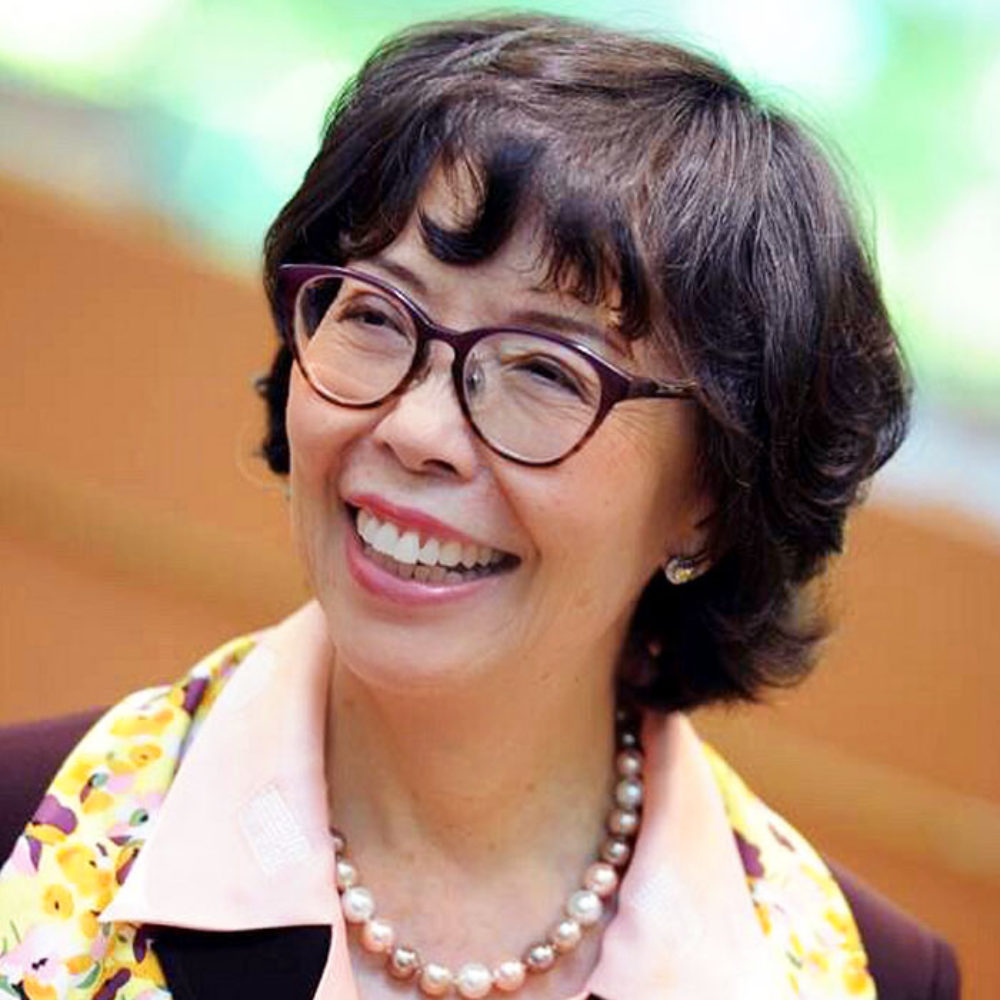‘Asian American small businesses continue to reel from the weight of the battles they face on two fronts’
Viewpoints: It is essential that we all draw on the lessons of the past year and see them as opportunities for advancement in the future, writes Susan Au Allen, national president and CEO of US Pan Asian American Chamber of Commerce Education Foundation.
Our monthly Viewpoints series invites guest authors from outside of Wells Fargo to share an important perspective related to their work. Today, we welcome Susan Au Allen, national president and CEO of US Pan Asian American Chamber of Commerce Education Foundation.
The Asian American and Pacific Islander business community is at an inflection point as it faces challenges on two fronts: responding to the coronavirus pandemic and battling the pandemic of racism. Pre-pandemic, Asian American businesses employed more than 5 million people and had revenue close to $1 billion. The outlook for more than 23 million in the Asian American community was full of promise.
However, in February 2020, a month before the nationwide lockdown, many Asian American businesses, threatened by rising hate crimes, began to shutter, recalling previous waves of anti-Asian sentiment in American history.
With the COVID-19 lockdown, the most affected businesses initially were in ethnic enclaves like Chinatowns, Japantowns, and Koreatowns. Then food, personal care services, accommodation, hospitality, retail, and small cash-based businesses which reported less than $100,000 gross earnings a year, had to trim down employees and business hours — or close.
“As many as 90% of small Asian American businesses reported losing revenue greater than those of Black, Hispanic, or white businesses.” — Susan Au Allen, national president and CEO of US Pan Asian American Chamber of Commerce Education Foundation
Overall, their sales plummeted by more than 60% from a year ago, according to some estimates. In major markets such as New York, California, and Texas, as many as 90% of small Asian American businesses reported losing revenue greater than those of Black, Hispanic, or white businesses.
This happened while Asian American health care workers, who make up 25% in this profession, were at the forefront of the fight against the deadly virus.
In April 2020, when the first Paycheck Protection Program and the Economic Injury Disaster Loans launched, many Asian American businesses struggled applying for these government relief programs. Language barriers, unfamiliarity with the application and documentation process, and lack of existing banking relationships with lenders made for the perfect storm.
The pandemic of racism
In the first 12 months of the pandemic, there were 3,795 reported anti-Asian hate incidents, resulting in a traumatized community.
The younger generation of Asian Americans, however, have stepped up, spoken out, leveraged the power of social media, and mobilized communities to denounce and take action against attacks directed at Asian Americans.
Often called America’s “model minority” by the media, Asian Americans are perceived as the most educated ethnic group with the highest income, successful in business and other professions, well-assimilated, hardworking, self-reliant, and living the American dream.
The reality, however, is more nuanced. This myth masks the struggles and socioeconomic disparities within the community. This pervasive assumption has created a division between Asian Americans and other minority groups. At a time when we should come together as one country, one people, this myth must be corrected.
Working together for change
To overcome these challenges, first we should push for better data and accurate reporting on the Asian American community. Leaders in the public and private sectors should help to direct more resources for broader studies that truly reflect the issues and challenges facing Asian Americans, including historic prejudice and bias.
We also must support enhanced education, advocacy, dialogue, and engagement with the Asian American community; redefine existing relationships and promote greater understanding among different communities; and help to bridge the gap between groups and foster a culture of communication, inclusion, equality, and collaboration.

Ten years ago, Wells Fargo had the foresight to support the Chamber Training Institute, now named Chamber Leadership Alliance (CLA), that brought together the country’s four most established and effective national diverse chambers of commerce: US Hispanic Chamber of Commerce (est. 1979), US Pan Asian American Chamber of Commerce (1984), National LGBT Chamber of Commerce (2002), and US Black Chambers Inc. (2009).
Since then, they have worked collaboratively on more than 45 programs where their leaders and members met together in person, and through Zoom in 2020, to help their members grow and succeed in business. This partnership continues today.
The CLA should serve as a model of alliance for constructive national dialogue among stakeholders to explore critical issues toward shared and sustainable solutions.
The next normal
As vaccines are rolled out and social restrictions are slowly lifted, Asian American small businesses continue to reel from the weight of the battles they face on two fronts. That is why USPAACC’s focus on getting more Asian American businesses connected to supply chains is so important. We continue to open doors of opportunities, inform, educate, and develop our members through first-to-market programs designed to meet their needs, and advocate strongly for their economic relief.
While our lawmakers enact laws against anti-Asian acts, and law enforcement executes them, Asian American businesses should look to the wider private and public sectors community for support to drive recovery. They should prepare for the great reset through technology to retool, scale-up, and focus on efficiency in the post-pandemic world.
There will be challenges along the path to recovery for small and minority-owned businesses. It is essential that we all draw on the lessons of the past year and see them as opportunities for advancement in the future. This is how we will succeed and thrive in the next normal.







